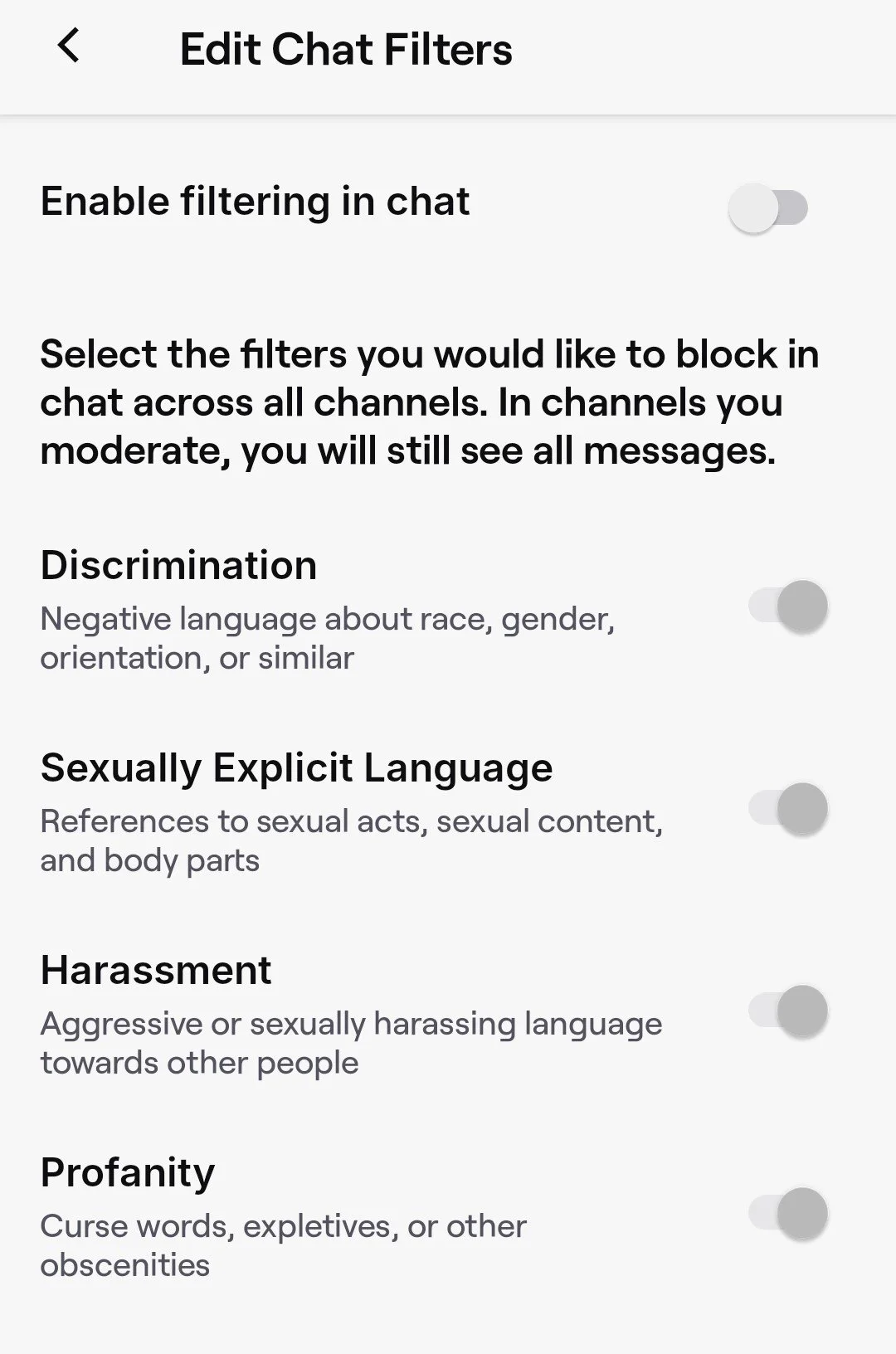Twitch: Designing for Engagement, Trust & Equity
What is Twitch?
Social live-streaming services (SSLS) have taken social media to a new level of interactivity by encouraging users to interact with communities directly.
As of 2025, it boasts millions of active users daily, with content creators — known as streamers — broadcasting live to unlimited viewers (Dean, 2023).
Why Twitch?
Differing from traditional social media platforms, Twitch drives engagement via live interaction, community-building, and monetisation opportunities by using chat features, subscriptions, randomised gifting, and direct user contact with creators (Speed, Burnett, and Robinson II, 2023).
Twitch ensures users feel safe, valued, and fairly treated through reliable content moderation and community building, which impacts their willingness to engage with the platform consistently.
My research explored Twitch through the lenses of Persuasive Design (mainly Fogg’s Behaviour Model) and Trust Principles, asking how the platform can maintain excitement without sacrificing ethics or inclusivity.
How persuasion and trust shape Twitch’s design
Persuasive design is about shaping user behaviour through intentional design choices. According to Fogg’s Behaviour Model, motivation, ability, and triggers combine to influence whether a user takes action.
On Twitch, this plays out through:
Notifications that nudge users back onto the platform.
Gamification (e.g., rewards, hype trains, badges) that encourage longer participation.
Social comparison in chat and community leaderboards, motivating users to keep engaging.
Social visibility in gift and rewards by blending motivation (social belonging and praise) with trigger design (the immediate feedback of alerts).
These features make the platform highly engaging — but they also raise questions about over-engagement and financial pressure.
Trust on Twitch’s Platform
Trust is the foundation of lasting engagement. Users are more likely to return to a platform when they feel it is safe, fair, and transparent.
On Twitch, trust is shaped by:
Moderation & safety — users need consistent content moderation and reliable community safeguards.
Transparency — clear explanations for recommendations and fair monetisation policies build confidence.
Emotional experience — when users feel valued and understood, trust grows; when they feel manipulated, it breaks.
Platforms that fail to meet these expectations risk frustration and drop-off. For Twitch, strengthening trust through privacy, transparency, and fairness is just as important as building exciting features.
Improving Personalisation
Current strengths:
Recommendations and notifications already keep users engaged.
Dashboards allow some customisation of categories and streamers.
Challenges:
Users don’t know why content is recommended.
Limited dashboard control; can’t hide unwanted categories.
Opportunities:
Add transparent labels (e.g., “Because you watched X”).
Let users pin favourites and filter out irrelevant content.
Allow opt-in notifications to reduce fatigue.





